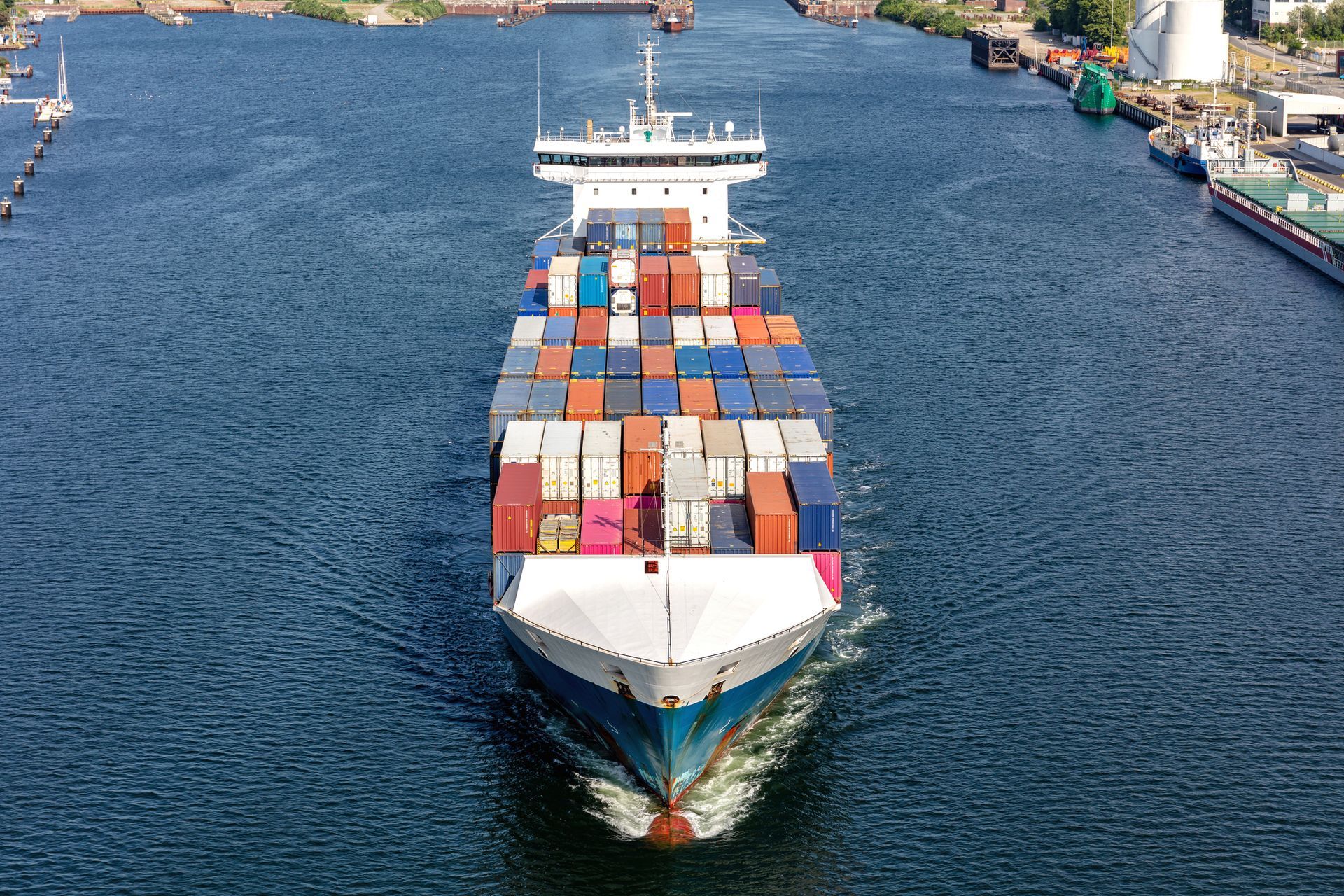
LCL is an acronym for Less Container Load, which consists of a container-sharing strategy for companies that need to import or export. In the world of freight transport, understanding the ins and outs of LCL freight is crucial to avoiding pitfalls and optimizing resources.
In this article, we'll dive into the five common mistakes that can jeopardize the success of your LCL shipment, from calculating freight rates to the strategic choice of modes. Ready to improve your logistics practices?
What is LCL freight?
Unlike FCL, LCL defines an intelligent and efficient practice in the world of freight transportation. When a company does not have enough cargo to fully occupy a container, it adopts the LCL modality, consolidating its smaller cargo with other shipments.
In this context, by opting for LCL freight, the company ensures that the container destined for its shipment shares space with several other loads from different companies.
This sharing not only optimizes the use of space, but also results in more affordable sea freight, since the costs are shared between the participating companies.
How LCL freight is calculated
The value of LCL freight is calculated by the gross weight of the goods (ton - weight) or cubage (cbm - m3), and should always be applied whichever is greater.
Example: you are sending goods weighing 3 tons and 5 cubic meters (m3) on the Shanghai x Santos route, which has a rate of USD 10 W/M. The freight calculation is therefore: 10w/m x 5 cbms = USD 50.00.
This brief introduction helps us to understand that the freight calculation in LCL transportation takes into account specific factors such as:
- the distance between the supplier and the final destination;
- the type of transportation used;
- the size of the space used in the container;
- and the type of goods.
Common mistakes when shipping LCL cargo
Carrying out LCL cargo shipping requires attention to crucial details to ensure efficiency and avoid unnecessary costs. Let's explore each of the common mistakes and understand how to avoid them:
1. Disregarding the type of goods: a step towards financial problems
The type of goods directly influences the freight calculation in LCL transportation. Cargo such as medicines, perishable or refrigerated products require specific packaging, which can increase the value of the freight or make the use of the modal unfeasible. Specifying the type of material in the document, such as the Bill of Lading (BL), is essential.
When transporting sensitive goods, early identification of proper packaging needs is crucial. Make sure that delicate products receive the necessary treatment, avoiding damage during transportation.
2. Not using specific packaging for the goods: the care that makes the difference
In addition to proper storage, the correct choice of packaging is essential. Errors in this process can result in additional costs and even in the cargo being held up at the port. Using materials that are compatible with the type of cargo is essential, bearing in mind that more complex packaging can entail additional costs.
Adapt the packaging according to the particularities of the cargo. Be aware that specific packaging can add value by protecting the product and reducing the risk of damage during transportation.
3. Don't measure the volume and weight of the goods: precision is the key to fair freight
The apportionment of LCL freight is proportional to the space occupied by each good. Accurately measuring the volume and weight of the product is fundamental to ensuring a correct freight calculation. Errors in these dimensions can significantly impact costs or even result in the goods not being shipped.
Implement precise measurement practices, taking into account the exact dimensions of the cargo. Be aware of the variations that can occur during the logistics process.
4. Not checking other shipping and unloading rates: transparency is the key
In addition to the freight itself, there are other fees involved in the process, such as document issue fees and container unloading costs at the final destination. Knowing and anticipating these fees is essential to avoid unpleasant surprises.
Carry out a comprehensive analysis of the tariffs associated with transportation. Understand the documentary requirements and consider all the costs involved in the cargo's life cycle.
5. Not taking into account the types of modes: strategic choice for efficiency
The choice of transport mode directly impacts the cost of freight. Understanding the peculiarities of each mode is crucial to making a strategic choice. For example, air transport is ideal for perishable cargo, while sea transport offers economy and versatility for various types of cargo.
Carefully analyze the characteristics of each mode in relation to the specific needs of the cargo. Consider factors such as urgency of delivery, additional costs, accessibility and types of cargo supported by each mode.
By avoiding these common mistakes when shipping LCL cargo, your company not only saves resources, but also builds a solid reputation in international trade, based on logistical efficiency and transparency at every stage of the process.
Allink: your partner in avoiding LCL shipping mistakes
As we explore common mistakes in LCL freight shipping, it becomes clear that logistical efficiency is not just an aspiration, but a vital necessity. Every step, from calculating freight to choosing the modal, requires care and expertise.
In this challenging international trade scenario, Allink has emerged as a strategic ally for companies seeking not only to avoid pitfalls, but also to optimize their freight transport processes. Its intelligent, transparent and specialized approach resonates perfectly with the needs of the market.
Allink not only offers logistics solutions, but embodies the values of organization, optimization and efficiency at its core. Its 25 years of expertise provides a solid basis for customer trust.
The benefits of choosing Allink as a partner in LCL cargo transportation go beyond simplifying the process. Neutrality, transparency and a commitment to excellence make Allink not just a service provider, but a true ally in the international trade journey.
Therefore, by avoiding the mistakes highlighted and aligning their processes with Allink's expertise, companies not only save resources, but also position themselves to successfully navigate a complex global market.
Continue browsing the Allink blog

Stay informed about foreign trade
Subscribe to our newsletter and receive free weekly updates about the world of logistics.





